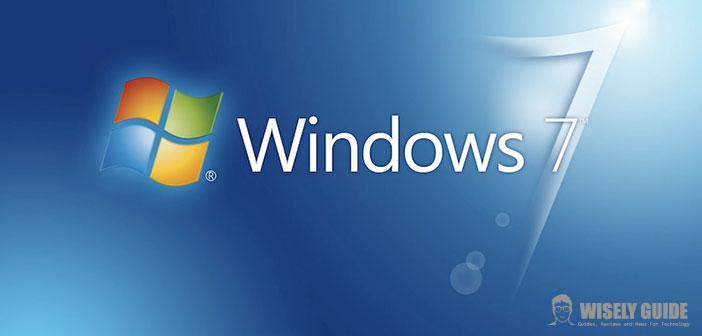How to view the file extension with Windows 7/Vista
When we talk about a file extension in the IT field, we mean that suffix of three alphanumeric characters placed after the name of a file and preceded by a dot. This short sequence is used by the operating system to uniquely identify the type of content and open it with the correct application.
Being standardized, that suffix allows not only our operating system to identify the type of file, but also to us users reading it to immediately get an idea of the content. This could be useful when we have to do a certain job that requires an immediate identification of the type of file available.
If we read TXT, we know that it is a text file, with AVI a video file, with JPEG of an image, with MP3 / MP4 music, while EXE stands for executable. These are just a few examples, but there are really many more extensions.
In this guide, you will learn how to view, in a simple and fast way, the file extension with Windows 7/Vista, even if you do not have great basic computer skills.
Properties Function
A classic, foolproof method, which works with all Microsoft operating systems not exclusively with Windows 7/Vista, is to position yourself on the file object of our interest, select it and then right click.
Then select the item then ” Properties ” and that point will show you the extension in a window. This method is effective, but it could make you waste a lot of time if the files to be screened were many, and it would be impractical if your business constantly requested the identification of the extension.
For this reason, it could be better, with the help of a few steps that require a bit of attention, to permanently enable a function of Windows 7/Vista that allows you to view all the extensions of all the files that are on our Hard Disk in an immediate and direct way, without having to repeat the whole process every time. In particular, we will focus on two different activation systems.
Display Function
First of all, you must go and open any folder present on your personal computer, it can indifferently contain texts, videos, images or music. These folders can be found easily in the upper-right corner, just clicked on ” start “.
After the folder has opened, you have to go to ” Tools “, ” Folder Options “. Now, you will see four labels, namely ” General “, ” View “, ” File types ” and ” Offline files “. In order to view the file extensions, you will have to go to the ” View ” label, and you will find a list with checked squares, you will need to click on the square where it says, ” Hide extensions for known file types ” and click ” Apply ” and then ” Ok “.
If the procedure was successful, you will see the file extension for each file contained in each folder. This function will always be active, even if the personal computer is turned on and off, until the check mark on ” Hide extensions for known file types ” is put back.
Hide Extensions Function
A second way, just as simple and quick, to view file extensions (without opening folders, go to tools, etc.) is to go to ” Start ” and select ” Control Panel “. Automatically a window will open with all the Windows settings, where you will have to select and double-click on ” Folder Options ” (if the icons are not in order, you can do it Right click on the white space – Arrange icons by – Name, and here it is you will have the files in alphabetical order) and the same window as in the previous point will open.
Once again, four labels will be highlighted, you will first have to click on ” View ” and then on the other square with the item ” Hide extensions for known file types “. Proceed by selecting ” Apply ” and click on ” Ok “. And here, also in this case, that you will see all the extensions of all the windows files.
Obviously with this option, you have to be very careful, because just delete an extension and Windows no longer recognizes the file. If the extension was mistakenly cleared, it would be enough to restore the correct *.Extension* that was initially at the end of the file name.

